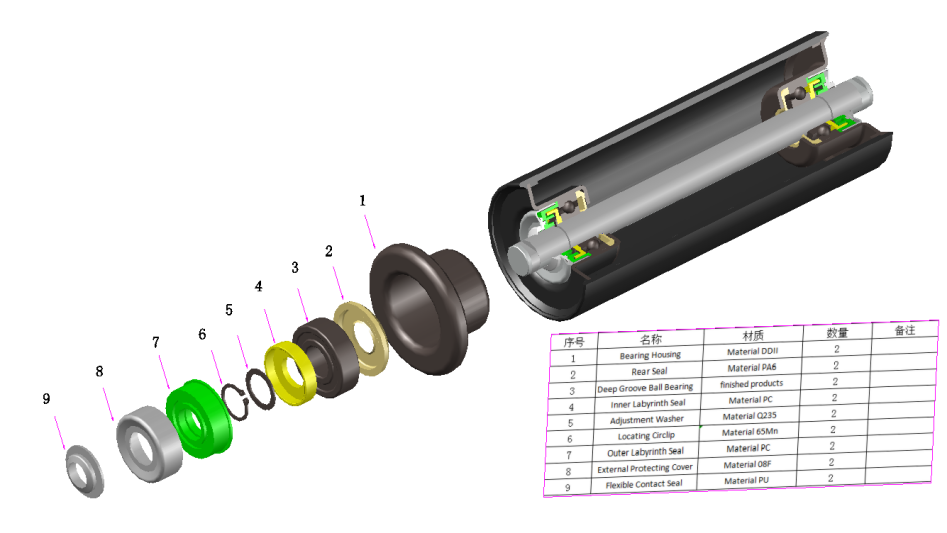 Afrikaans
Afrikaans  Albanian
Albanian  Amharic
Amharic  Arabic
Arabic  Armenian
Armenian  Azerbaijani
Azerbaijani  Basque
Basque  Belarusian
Belarusian  Bengali
Bengali  Bosnian
Bosnian  Bulgarian
Bulgarian  Catalan
Catalan  Cebuano
Cebuano  Corsican
Corsican  Croatian
Croatian  Czech
Czech  Danish
Danish  Dutch
Dutch  English
English  Esperanto
Esperanto  Estonian
Estonian  Finnish
Finnish  French
French  Frisian
Frisian  Galician
Galician  Georgian
Georgian  German
German  Greek
Greek  Gujarati
Gujarati  Haitian Creole
Haitian Creole  hausa
hausa  hawaiian
hawaiian  Hebrew
Hebrew  Hindi
Hindi  Miao
Miao  Hungarian
Hungarian  Icelandic
Icelandic  igbo
igbo  Indonesian
Indonesian  irish
irish  Italian
Italian  Japanese
Japanese  Javanese
Javanese  Kannada
Kannada  kazakh
kazakh  Khmer
Khmer  Rwandese
Rwandese  Korean
Korean  Kurdish
Kurdish  Kyrgyz
Kyrgyz  Lao
Lao  Latin
Latin  Latvian
Latvian  Lithuanian
Lithuanian  Luxembourgish
Luxembourgish  Macedonian
Macedonian  Malgashi
Malgashi  Malay
Malay  Malayalam
Malayalam  Maltese
Maltese  Maori
Maori  Marathi
Marathi  Mongolian
Mongolian  Myanmar
Myanmar  Nepali
Nepali  Norwegian
Norwegian  Norwegian
Norwegian  Occitan
Occitan  Pashto
Pashto  Persian
Persian  Polish
Polish  Portuguese
Portuguese  Punjabi
Punjabi  Romanian
Romanian  Russian
Russian  Samoan
Samoan  Scottish Gaelic
Scottish Gaelic  Serbian
Serbian  Sesotho
Sesotho  Shona
Shona  Sindhi
Sindhi  Sinhala
Sinhala  Slovak
Slovak  Slovenian
Slovenian  Somali
Somali  Spanish
Spanish  Sundanese
Sundanese  Swahili
Swahili  Swedish
Swedish  Tagalog
Tagalog  Tajik
Tajik  Tamil
Tamil  Tatar
Tatar  Telugu
Telugu  Thai
Thai  Turkish
Turkish  Turkmen
Turkmen  Ukrainian
Ukrainian  Urdu
Urdu  Uighur
Uighur  Uzbek
Uzbek  Vietnamese
Vietnamese  Welsh
Welsh  Bantu
Bantu  Yiddish
Yiddish  Yoruba
Yoruba  Zulu
Zulu conveyor parts
Understanding Conveyor Parts Essential Components for Efficient Material Handling
Conveyor systems play an integral role in various industries, facilitating the efficient transport of materials and products from one point to another. These systems consist of numerous components, each designed to optimize the flow and functionality of the conveyor. Understanding these essential parts is crucial for anyone involved in the design, maintenance, or operation of conveyor systems.
1. Conveyor Belts
At the heart of any conveyor system lies the conveyor belt. This continuous loop of material is responsible for carrying goods across the length of the conveyor. Conveyor belts come in various materials, including rubber, fabric, and metal, depending on the specific application and load capacity. The choice of belt material impacts the durability, flexibility, and suitability for different environments, from food processing to heavy-duty manufacturing.
2. Rollers and Idlers
Rollers and idlers are critical components that support the conveyor belt and maintain its alignment. Rollers are cylindrical pieces that facilitate the movement of the belt by reducing friction and wear. Idlers, often used to support the belted load, assist in maintaining tension and help in the proper tracking of the belt. These parts ensure smooth operation and reduce the risk of belt misalignment, which can lead to wear and tear or system downtime.
3. Frames and Supports
The frame provides the structural integrity necessary to support the entire conveyor system. Frames can be made of metal or high-strength plastic, depending on the weight and nature of the products being transported. Proper design of the frame is vital, as it must not only support the weight of the materials but also resist vibrations and stresses during operation.
4. Drive Mechanisms
conveyor parts

The drive mechanism, usually consisting of a motor and gearbox, is responsible for powering the conveyor system and controlling its speed. Electric motors are the most common types used in conveyor systems, as they offer a balance between power and efficiency. The choice of motor size and type directly impacts the system's performance, energy consumption, and overall operational cost.
Modern conveyor systems often incorporate advanced control systems that enhance operational efficiency. These systems can include sensors, programmable logic controllers (PLCs), and human-machine interfaces (HMIs) that allow operators to monitor and adjust the conveyor's performance. Innovations in control systems enable features such as variable speed settings, automated sorting, and real-time feedback, providing significant improvements in productivity.
6. Safety Features
Given the moving parts and potential hazards associated with conveyor systems, safety features are crucial. These can include emergency stop buttons, safety guards, and sensors that detect blockages or jams. Implementing robust safety measures protects both the equipment and the workers, helping to create a safer workplace environment.
7. Maintenance and Parts Replacement
Regular maintenance is essential to ensure the longevity and efficient operation of conveyor systems. Key components, such as belts, rollers, and motors, may require periodic inspection and replacement to prevent downtime. A well-established maintenance plan can significantly reduce the risk of unexpected failures and extend the life of the system.
Conclusion
In conclusion, a thorough understanding of conveyor parts is vital for anyone involved in the logistics and manufacturing sectors. Each component—from the conveyor belt and rollers to the frames and control systems—plays a critical role in ensuring the effective transport of materials. By recognizing the importance of these components and committing to regular maintenance, businesses can maximize productivity and maintain seamless operations. As technology continues to evolve, the efficiency of conveyor systems is expected to improve even further, paving the way for smarter, more integrated solutions in material handling.
-
Revolutionizing Conveyor Reliability with Advanced Rubber Lagging PulleysNewsJul.22,2025
-
Powering Precision and Durability with Expert Manufacturers of Conveyor ComponentsNewsJul.22,2025
-
Optimizing Conveyor Systems with Advanced Conveyor AccessoriesNewsJul.22,2025
-
Maximize Conveyor Efficiency with Quality Conveyor Idler PulleysNewsJul.22,2025
-
Future-Proof Your Conveyor System with High-Performance Polyurethane RollerNewsJul.22,2025
-
Driving Efficiency Forward with Quality Idlers and RollersNewsJul.22,2025





























